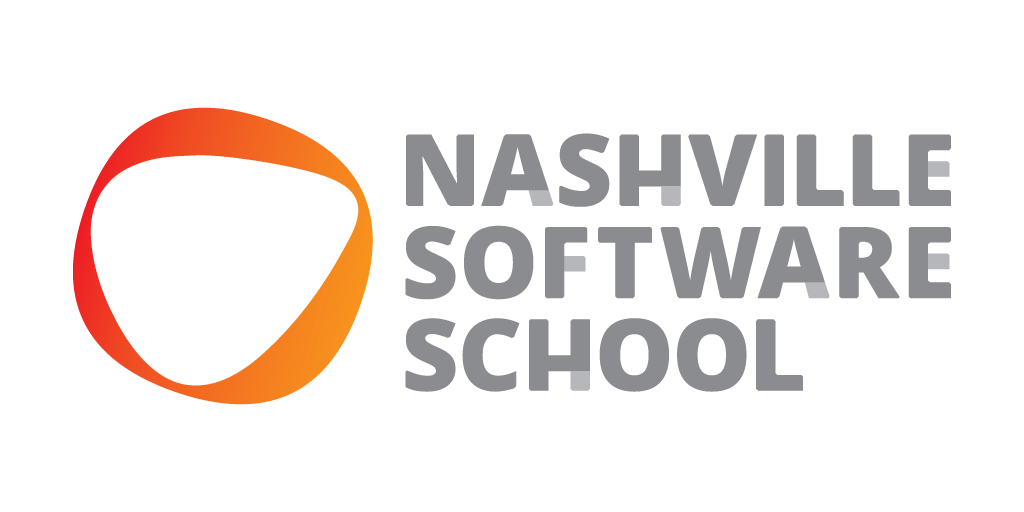I’m geeking out about using learning React JavaScript.
I have a lot of things I want to build that include websites, web apps, mobile apps, widgets, and APIs. My body is ready for this.
In class at Nashville Software School (NSS), we’ve started learning React — the JavaScript library created by Facebook. We’re starting with an invidual project that’s part lecture and lab. After 6 weeks of class, I’ve realized this is the best mix of learning methods for the way I learn things.
Headless WordPress
Another reason I’m looking forward to React is that I want to escape building websites with a WordPress frontend — frontend is the part of the website you can see when visiting. Turns out, you can have a WordPress backed where you publish posts and images then have a JavaScript language that runs your frontend.
Cool kids call it a headless WordPress website.
Without getting too technical, WordPress uses a language called PHP to render content on webpages. It’s a server side programming language which means the website content interactions will only be as far as the web servers running the code. It also means the server is likely to run extra code that might not be needed to render page content. In short, it’s a language that can easily make slow web page and website performance.
How I understand the difference between JavaScript and PHP
With JavaScript, your browser does most of the work to render page content. What’s cool about a React is that it’s built to prioritize loading only the code you need for what’s on the page you’re looking at.
I explained those as well as I can right now. I’m not an expert, and i won’t be hosting any Ted Talks about the technology. In summary, JavaScript content can be way, way faster than PHP.
